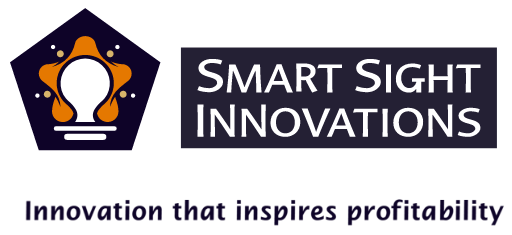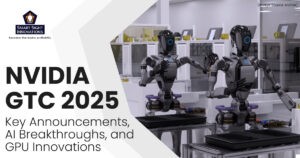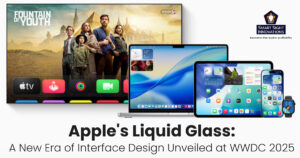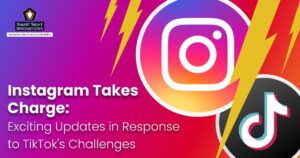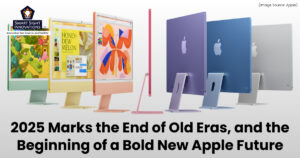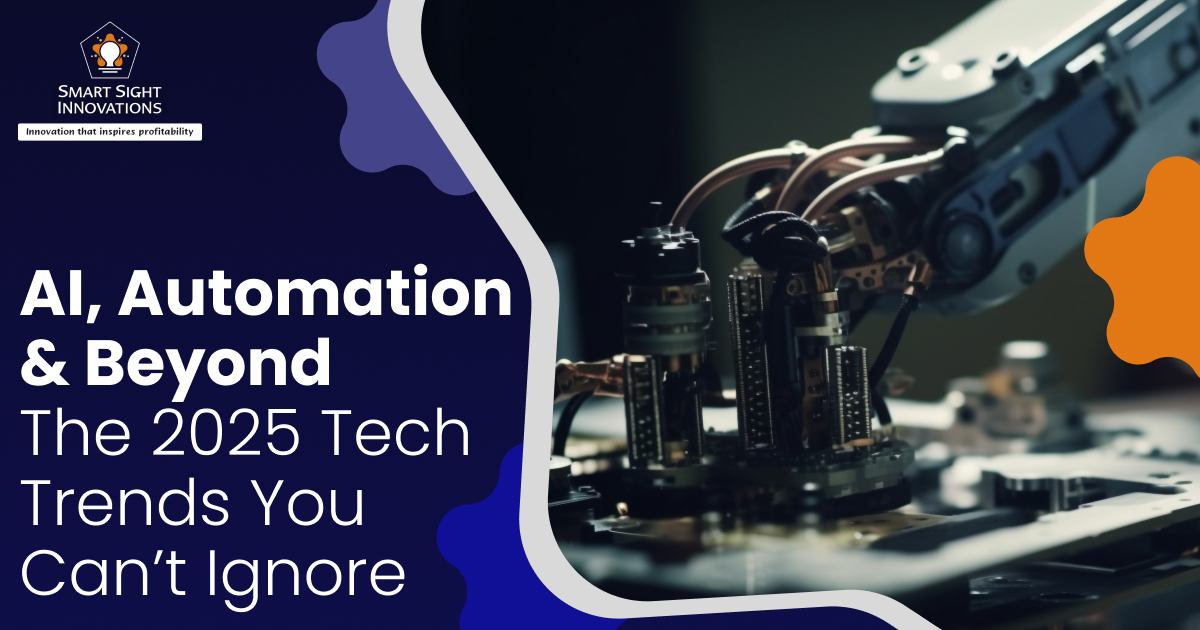
Technology is evolving at a rate never seen before. From groundbreaking AI advancements to the latest in digital innovation, this year’s tech landscape is redefining industries and reshaping the way we interact with technology. This blog will explore the most significant tech trends of 2025, highlighting key innovations, industry shifts, and the impact of emerging technologies on global markets.
1. Netflix New AI Search Engine
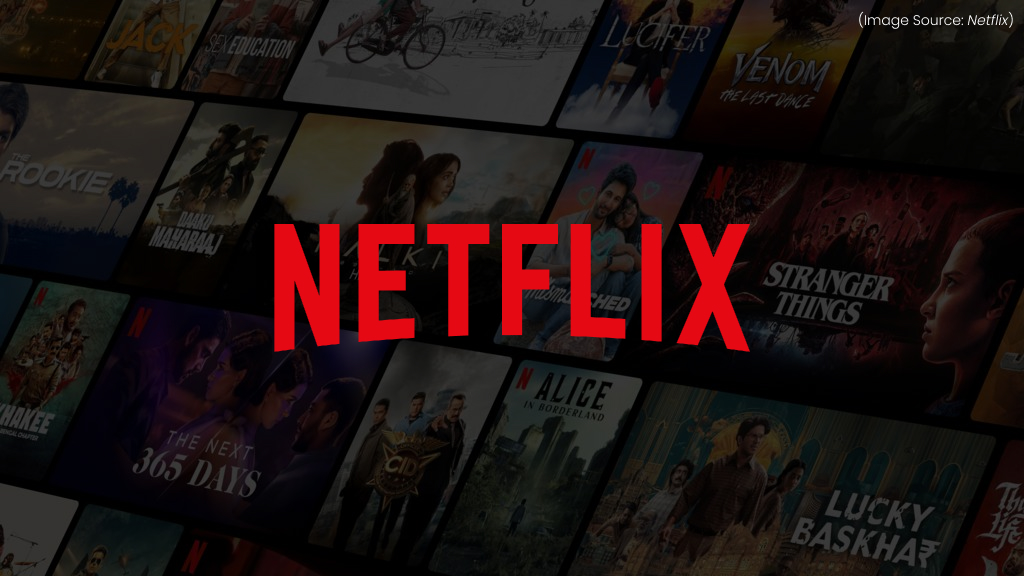
(Image Source: Netflix)
Netflix is currently testing a groundbreaking AI-powered search engine aimed at transforming how users discover content on its platform. Developed in collaboration with OpenAI, this feature allows users to search using natural, conversational language, such as “I want something funny and upbeat”, to receive personalized recommendations that align with their mood or specific preferences.
This innovative search tool is part of a broader initiative to enhance user experience. Currently in beta testing for iOS users in Australia and New Zealand, the feature is opt-in and is expected to expand to the U.S. soon. By interpreting nuanced queries, the AI delivers more tailored suggestions, moving beyond traditional genre or actor-based searches.
In addition to the AI search, Netflix is revamping its user interface for the first time in a decade. The update includes a cleaner homepage, repositioned search categories, and a new vertical video feed on mobile devices. This feed showcases clips from various shows and movies, allowing users to quickly preview and engage with content.
These enhancements aim to reduce decision fatigue and increase viewer engagement by making content discovery more intuitive and personalized. As Netflix continues to integrate advanced AI technologies, it seeks to redefine the streaming experience, offering users a more responsive and emotionally attuned platform.
2. Google Launches Veo 3
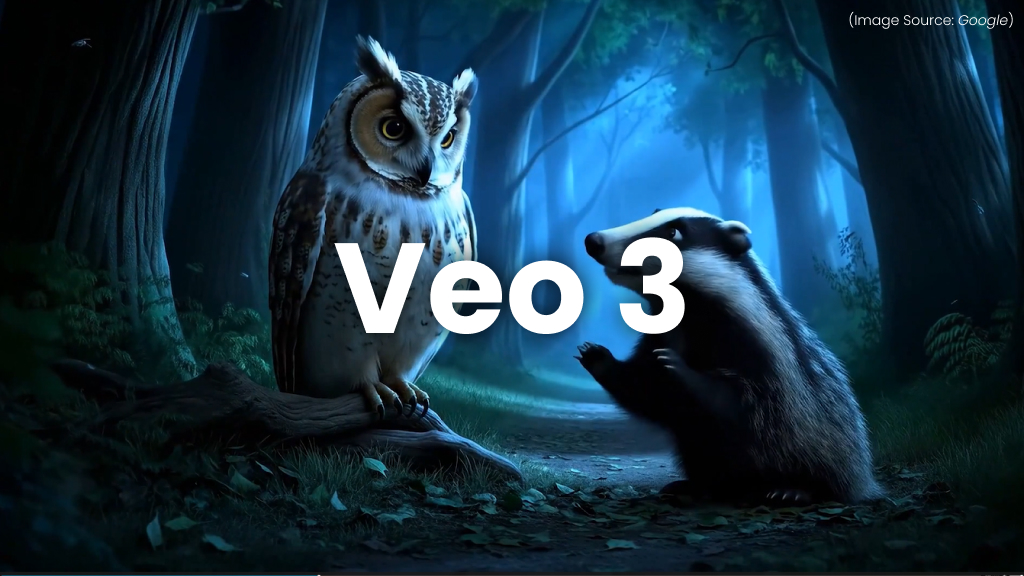
(Image Source: Google)
Google has unveiled Veo 3, its most advanced AI video generation model to date, at the I/O 2025 conference. Developed by DeepMind, Veo 3 enables users to create high-quality videos from simple text or image prompts, now enhanced with synchronized dialogue, ambient sounds, and music. This marks a significant leap from previous versions, offering more realistic motion, improved lip-syncing, and cinematic coherence.
Veo 3 supports 1080p resolution and can generate videos in a 16:9 aspect ratio. It is available exclusively through Google’s AI Ultra plan, priced at $249.99 per month, and is currently accessible only in the U.S. The model is integrated into the Gemini app and is also available for enterprise users via Vertex AI.
Complementing Veo 3, Google introduced Flow, an AI-powered filmmaking tool that offers features like camera control, scene editing, and asset management, allowing creators to craft detailed narratives without traditional filming equipment.
To address concerns about deepfakes and content authenticity, Veo 3 incorporates SynthID watermarking, embedding invisible markers into all AI-generated video frames. Eli Collins, Vice President of Product at Google DeepMind, stated, “Veo 3 excels in converting text and image inputs into realistic video outputs, handling real-world physics, and ensuring accurate lip syncing.”
With these advancements, Google positions Veo 3 as a formidable competitor in the AI-generated video space, offering tools that could redefine content creation and storytelling.
3. Gemini 2.5 Pro Deep Think
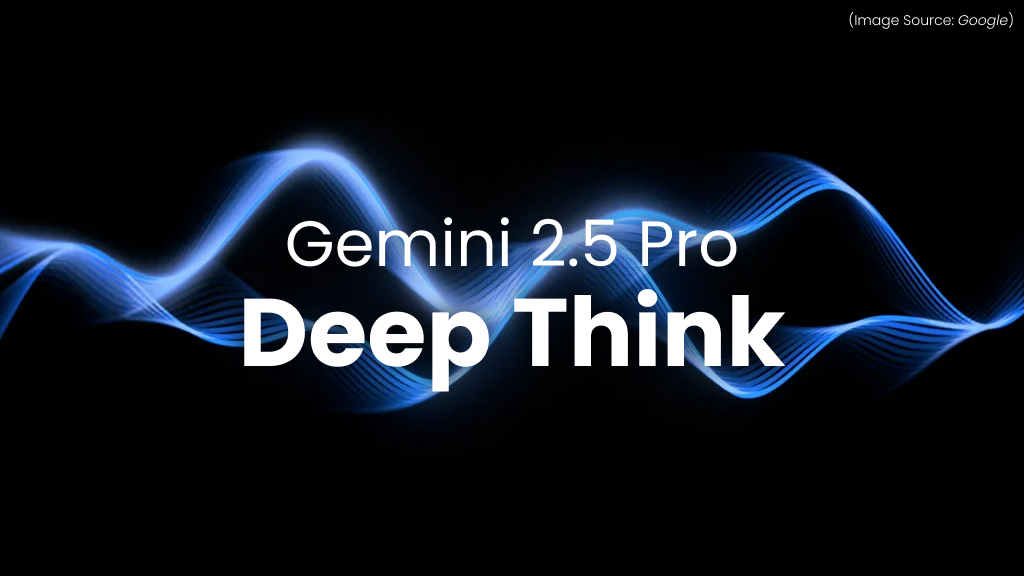
(Image Source: Google Gemini)
Google has unveiled Gemini 2.5 Pro, its most advanced AI model to date, featuring the new “Deep Think” capability that enhances complex reasoning and problem-solving. This model is designed to tackle intricate tasks in mathematics, coding, and scientific analysis by simulating human-like deliberation through chain-of-thought reasoning.
Gemini 2.5 Pro’s multimodal capabilities allow seamless integration of text, images, audio, video, and code, facilitating tasks like summarizing YouTube videos or generating code from visual prompts. In coding benchmarks, Gemini 2.5 Pro achieved a 63.8% score on SWE-Bench Verified, outperforming competitors like GPT-4.5 and Claude 3.7. It also leads the LMArena leaderboard, reflecting its superior performance in human preference evaluations.
The “Deep Research” feature, available to Gemini Advanced subscribers, enables users to generate comprehensive reports across various topics, with the added functionality of converting these reports into audio overviews for on-the-go listening.
Gemini 2.5 Pro is accessible through Google AI Studio and the Gemini app for Advanced subscribers, with enterprise integration via Vertex AI forthcoming. It is also included in the AI Ultra plan, priced at $249.99 per month, offering top-tier AI capabilities and additional services.
This release signifies a significant advancement in AI, positioning Gemini 2.5 Pro as a leading tool for developers, researchers, and enterprises seeking sophisticated, context-aware AI solutions.
4. Grok Is Coming To Azure AI Foundry
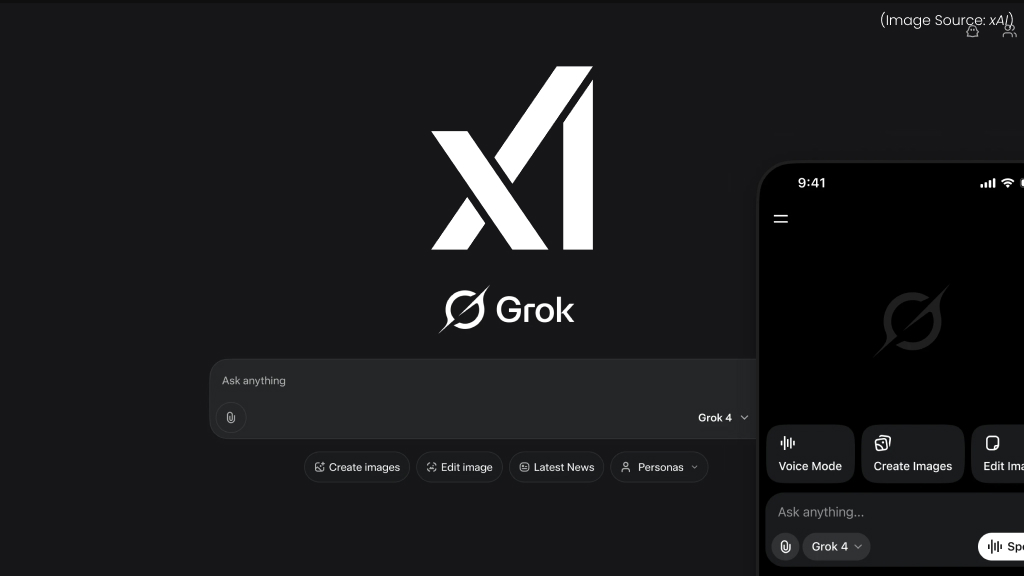
(Image Source: xAI)
Microsoft has announced the integration of xAI’s Grok 3 and Grok 3 Mini models into its Azure AI Foundry platform, marking a significant expansion of its AI offerings. This collaboration provides developers and enterprises with access to Grok’s advanced capabilities, including a substantial 131,072-token context window, facilitating tasks such as data extraction, coding, and text summarization with enhanced coherence and depth.
Starting May 19, 2025, Grok 3 models are available for a limited free preview on Azure AI Foundry, allowing users to explore and test their functionalities at no cost through early June. The integration underscores Microsoft’s commitment to diversifying its AI ecosystem, offering over 1,900 models within Azure AI Foundry.
By incorporating Grok 3, Microsoft aims to provide robust, enterprise-grade AI solutions, complete with service-level agreements, data integration, and governance features, catering to a wide range of business applications.
5. OpenAI Launches Codex
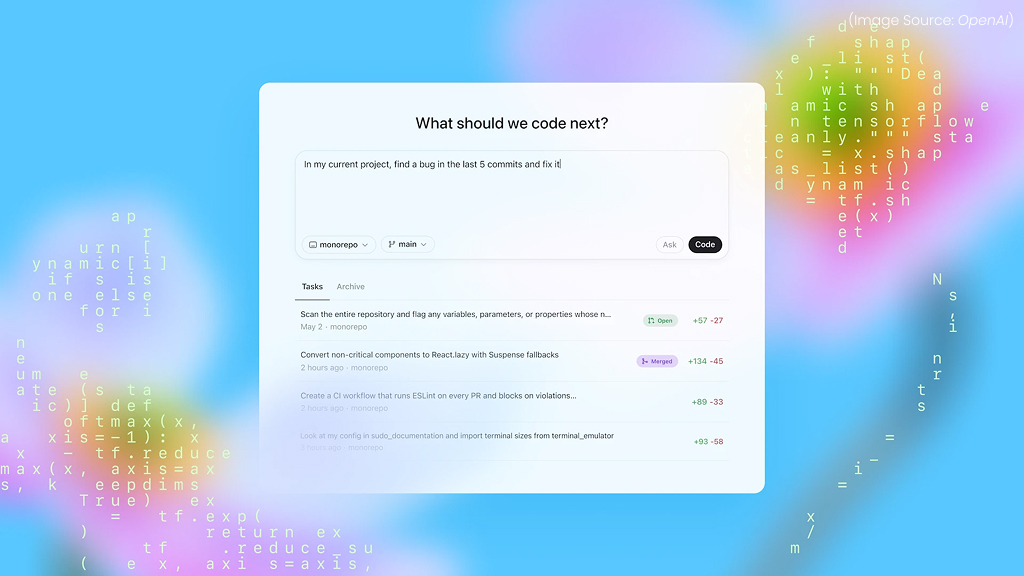
(Image Source: OpenAI)
OpenAI has officially launched Codex, its powerful AI model designed to translate natural language into code, revolutionizing how developers and non-programmers interact with software. Codex is the engine behind GitHub Copilot and supports more than a dozen programming languages, including Python, JavaScript, Go, Ruby, and Swift.
Built on a refined version of GPT-3, Codex has been trained on a vast dataset that includes billions of lines of public code from GitHub repositories. This enables it to understand context, complete code snippets, write entire functions, and even convert written instructions into working applications. It is particularly useful for automating repetitive coding tasks, speeding up development cycles, and making coding more accessible to a broader audience.
OpenAI reports that Codex can correctly generate code from natural prompts 37% of the time on the HumanEval benchmark, a dataset used to assess coding problem-solving. It supports both command-line tools and API integrations, making it versatile for various software development workflows.
OpenAI has made Codex available via its API, enabling developers to embed code generation features into their own applications. The launch of Codex represents a major step forward in AI-assisted software development, promising to enhance productivity, reduce barriers to coding, and reshape the future of programming.
6. Chat GPT Reaches $1 Billion
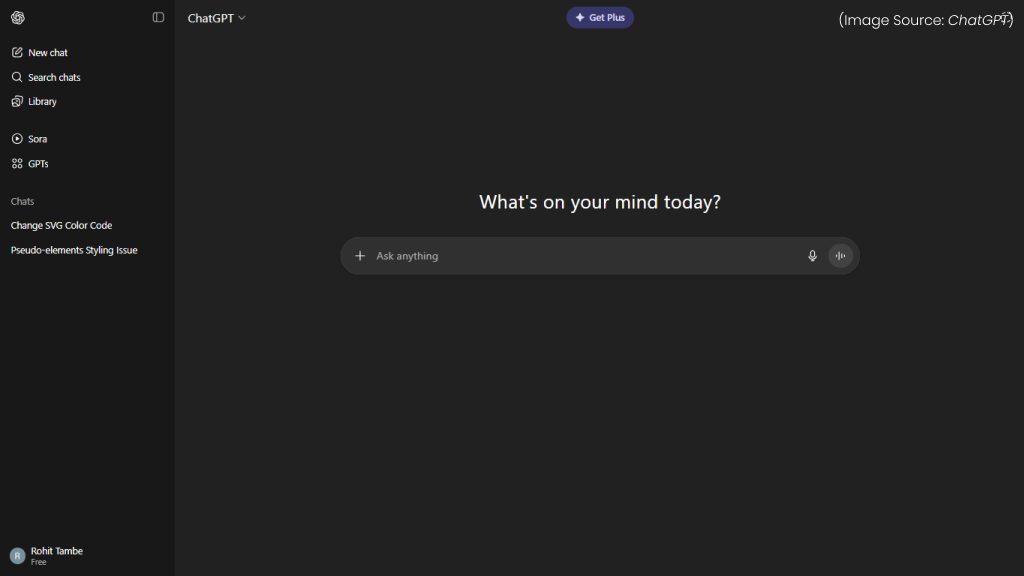
(Image Source: ChatGPT)
OpenAI’s ChatGPT has achieved a remarkable milestone, surpassing 1 billion weekly active users as of April 2025. This rapid growth, doubling from 500 million users in just a few weeks, was confirmed by CEO Sam Altman during a TED 2025 interview. Altman noted that approximately 10% of the global population now regularly uses ChatGPT, underscoring its widespread adoption.
Several factors have contributed to this surge. The introduction of “Ghibli Mode,” which enables Studio Ghibli-style image generation, went viral following its March 25 launch, attracting a significant number of new users. On 31st March alone, ChatGPT added 1 million users within an hour and became the most downloaded app globally that month.
Enhancements in personalization have also played a role. ChatGPT’s new memory feature allows it to retain user information across sessions, providing more tailored interactions over time. Additionally, OpenAI is developing autonomous AI agents capable of performing tasks on behalf of users, such as managing schedules and making purchases, while incorporating safeguards to ensure responsible use.
This milestone positions ChatGPT among the fastest-growing digital platforms in history, reflecting its significant impact on how individuals interact with technology.
7. Anthropic Introduces Its Research Feature on Mobile

(Image Source: Anthropic)
Anthropic has expanded its AI assistant, Claude, by introducing the Research feature to its mobile applications, enhancing users’ ability to conduct in-depth research directly from their smartphones. Previously available only on desktop, this feature empowers Claude to autonomously search the web, analyze Google Workspace content, including Gmail, Google Docs, and Calendar, and integrate data from connected applications via the Integrations platform.
Operating agentically, Claude performs iterative searches, exploring various facets of a query to deliver comprehensive reports complete with source citations. This capability is particularly beneficial for professionals seeking to streamline tasks such as meeting preparation, document summarization, and information synthesis.
The Research feature is currently in early beta and accessible to users subscribed to the Max, Team, and Enterprise plans in the United States, Japan, and Brazil. Anthropic has indicated plans to extend availability to the Pro tier in the near future. This development positions Claude as a robust mobile research assistant, offering a seamless and efficient solution for users to gather and analyze information on the go.
8. OpenAI Released ChatGPT 4.1
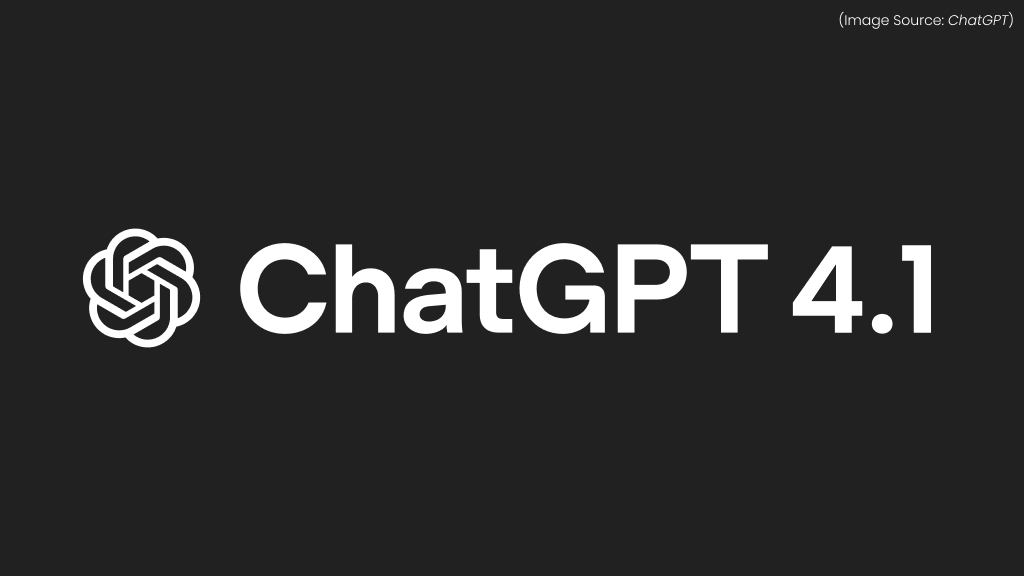
(Image Source: ChatGPT)
OpenAI has officially launched GPT-4.1 on the ChatGPT mobile app, introducing significant enhancements in performance, usability, and accessibility. This update brings the powerful GPT-4.1 model to all paid users, including Plus, Pro, and Team subscribers, while the streamlined GPT-4.1 mini is now available to both free and paid users, replacing the previous GPT-4.0 mini across the board.
GPT-4.1 offers notable improvements in coding, instruction following, and long-context understanding. It supports a context window of up to 1 million tokens, enabling the analysis of extensive documents and datasets. Benchmark tests highlight its capabilities: a 54.6% score on SWE-bench Verified for coding tasks and a 38.3% on MultiChallenge for instruction following.
The mobile app enhancements include faster response streaming, improved table-copying functionality, and refined message editing options, enhancing the overall user experience. Additionally, OpenAI has introduced a Safety Evaluations Hub, providing transparency into model performance and safety metrics.
With these updates, ChatGPT on mobile becomes a more robust tool for professionals and casual users alike, offering advanced AI capabilities directly at their fingertips.
9. Meta introduced Collaborative Reasoner (CoRaL)
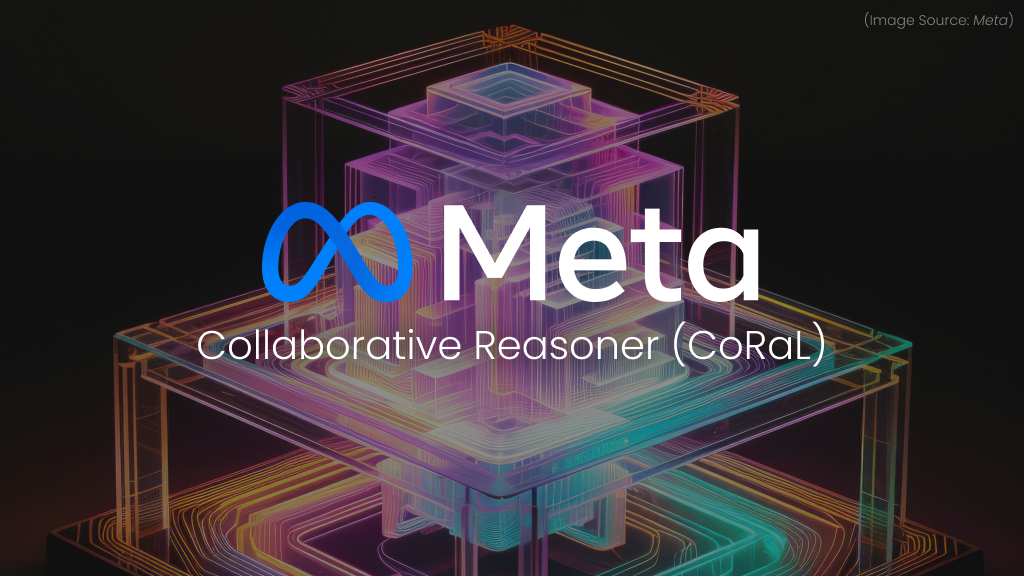
(Image Source: Meta)
Meta AI has introduced CoRaL, a novel framework aimed at enhancing the collaborative reasoning capabilities of large language models (LLMs). Unlike traditional benchmarks that assess models in isolation, CoRaL reformulates reasoning tasks into multi-agent, multi-turn dialogues, requiring AI agents to engage in natural conversations to solve problems collectively. This approach emphasizes skills such as negotiation, perspective-taking, and consensus-building, which are essential for real-world applications where collaboration is key.
CoRaL includes five domains: mathematics (MATH), STEM multiple-choice (MMLU-Pro, GPQA), and social cognition (ExploreToM, HiToM). These domains serve as testbeds to evaluate whether models can apply their reasoning abilities in cooperative, dialogue-driven contexts.
To facilitate scalable data generation, Meta has developed MATRIX, a high-performance framework that supports various backends and utilizes advanced orchestration tools like Slurm and Ray, achieving up to 1.87 times higher performance than competing systems.
Empirical results demonstrate significant performance improvements; for instance, models like Llama-3.1-8B-Instruct show a 47.8% enhancement on specific tasks after employing CoRaL. The source code for CoRaL is available on GitHub, providing researchers with tools to further explore and develop collaborative AI systems.
By focusing on multi-agent collaboration, CoRaL represents a significant step toward AI systems that can work together with humans to solve complex problems, marking progress toward more general and socially adept artificial intelligence.
10. Wear OS 6
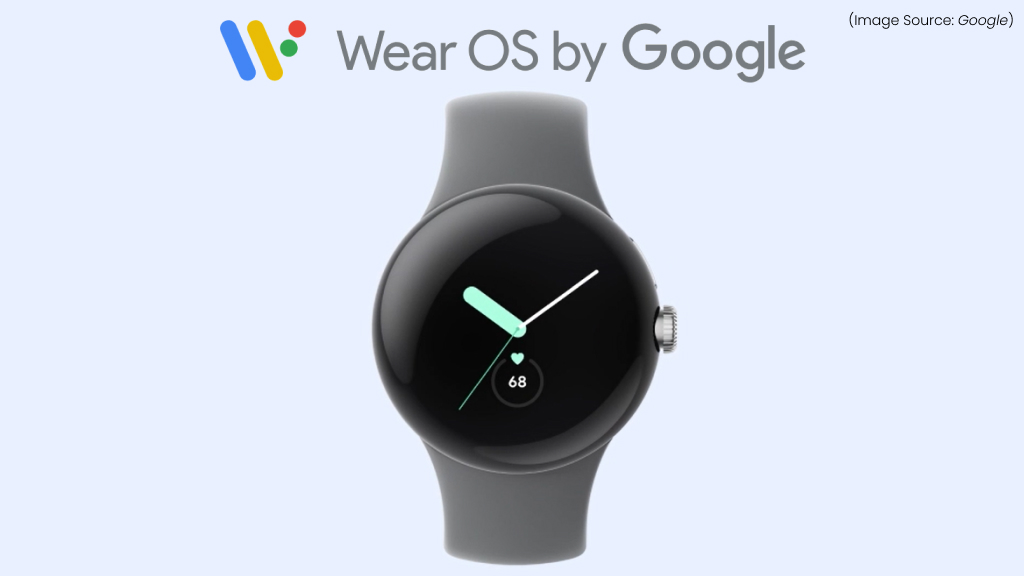
(Image Source: Google)
Google has officially unveiled Wear OS 6, set to roll out in July 2025, bringing significant enhancements in design, functionality, and performance to Android smartwatches. A standout feature is the integration of Gemini AI, replacing Google Assistant to offer more natural, context-aware interactions. Users can now issue conversational commands, such as creating playlists or recalling locker numbers, directly from their wrists.
The user interface receives a substantial overhaul with the introduction of Material 3 Expressive design. This includes dynamic color theming that adapts system colors based on the chosen watch face, smoother animations, and layouts optimized for circular displays. Additionally, a new 3-slot tile layout enhances glanceability and consistency across different screen sizes.
Wear OS 6 promises up to a 10% increase in battery life compared to its predecessor, achieved through background optimizations and efficient power management. This translates to approximately 2.4 additional hours of usage on devices like the Pixel Watch 3.
The update will be available on a range of devices, including the upcoming Pixel Watch 4, Galaxy Watch 8, and earlier models like the Pixel Watch 1–3 and Galaxy Watch 4. Developers can access the Wear OS 6 Developer Preview to test and optimize their apps for the new platform.
With these advancements, Wear OS 6 aims to deliver a more personalized, efficient, and intuitive smartwatch experience for users.
